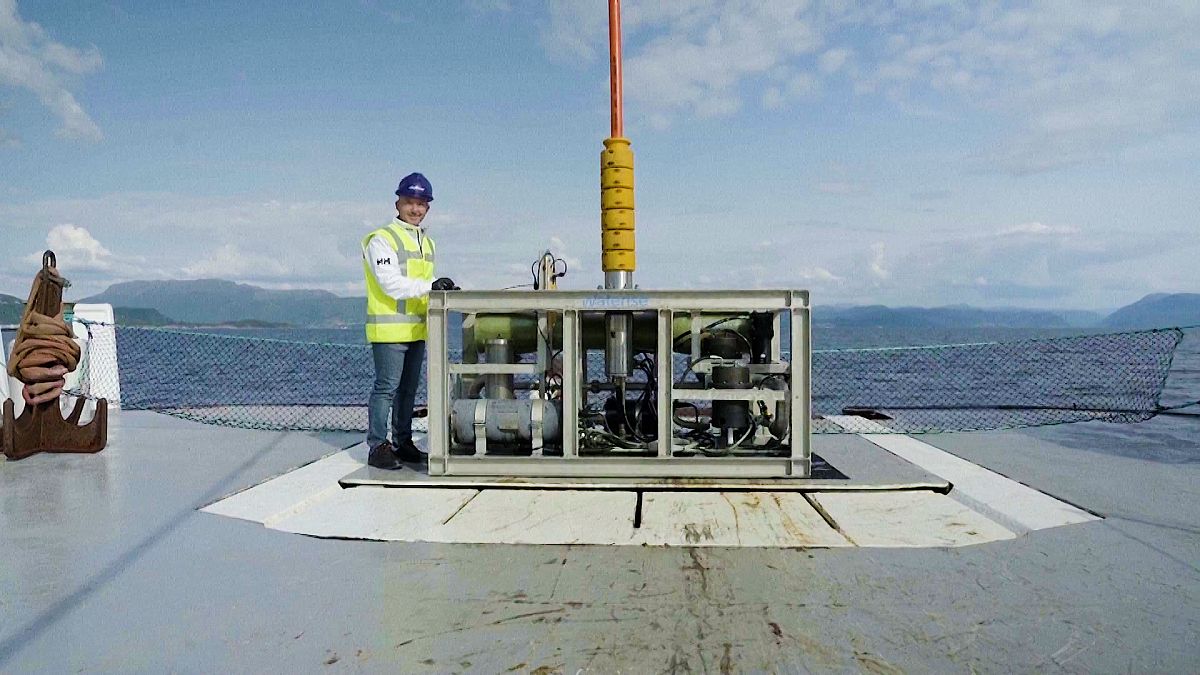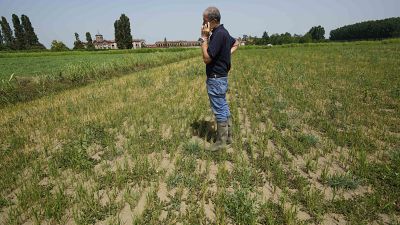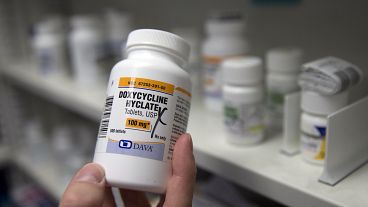Global demand for drinkable water is on the rise. This Norwegian company is responding by desalinating the sea into clean, drinkable water.
Turning seawater into clean, drinkable water is one solution to meeting an ever-growing global demand.
But desalination - essentially stripping seawater of salts and other minerals - is very energy intensive.
Norwegian company Waterise has patented a deep-water solution using an energy-efficient reverse osmosis filtration process.
Reverse osmosis is the primary method of desalting water, which pushes water under high pressure through fine membranes that separate out the salt. This uses high amounts of energy at a major cost.
Waterise's off-shore subsea desalination plant sits 400 m below sea level and uses the hydrostatic pressure of the water above it to significantly reduce energy demands.
"Because we go subsea and we utilise the hydrostatic pressure, the weight of the water above your head, we're able to save energy. And we save somewhere between 30 and 40 per cent," said Waterise CEO Niels Petter Wright.
"We are pulling the water through rather than pushing it through the membranes".
He added that the company has patented this efficient use of the hydrostatic principle.
Most of the world’s high-capacity desalination projects are in the Middle East, where energy is cheaper and environmental regulations are more lax than in other countries.
Waterise says its technology reduces the need for coastal land by up to 90 per cent, while reducing energy consumption by up to 40 per cent, resulting in lower CO2 emissions.
And with the subsea plant at a depth of 400 m, they say the impact on marine life is reduced to a minimum.
The subsea module is connected to land by an umbilical cable that provides power and communications, and a pipeline to transport water from seabed to land.
Worsening global water crisis
The standard subsea unit produces 50 million litres of fresh water per day, the company says.
Escalating pollution, record-setting droughts, and shrinking groundwater aquifers are just some drivers of the precarious state of the global water crisis.
As the situation worsens, more people, ecosystems and economies are expected to pay the price. Recently released data from the non-profit World Resources Institute estimates one-third of global gross domestic product will likely be exposed to high water stress by 2050.
Petter Wright believes Waterise's technology could be part of the solution, highlighting subsea water as naturally suited to industry.
He added that Waterise’s standard unit produces 50 million litres (50,000 cubic metres) of freshwater a day, enough to supply a city of 300,000-400,000 people.
For larger cities, you would simply deploy more units, he said.
The company says they are now developing partnerships around the world with organisations looking to use its technology.
For more on this story, watch the video in the media player above.



